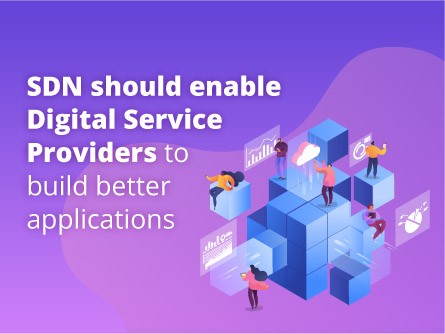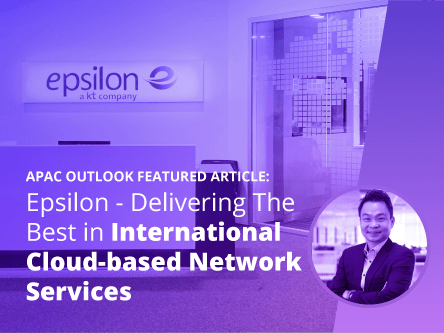In the last three years, communications service providers (CSPs) have been racing to keep ahead of explosive and radical changes in how enterprise clients focus on customer obsession.
The pervasiveness and power of social media has completely redefined how people work and play online, while massive strides in mobile computing and digital transformation have spurred the world to demand higher standards of connectivity, service, product quality and accessibility.
Underpinning everything that is driving global change and the need for even more change is digital connectivity—the combined power of digitalisation and how people can be empowered to connect to it and exploit it.
- Be digital to the core
DSPs must be fully digitalised internally in order to cater to the strategic and tactical demands of digitalised enterprise customers. This will keep that latter group happy because they are obsessed with keeping their ever-demanding end-users happy. - Offer best-in-class digital services
Be agile and obsessive in offering and improving innovative, high-quality digital solutions to enterprise-level and all other consumers down the line. - Provide connectivity on demand
Be able to offer optimal, scalable connectivity and access to the IT services and networking capabilities on demand, to all levels of enterprise, through a seamless, secure and programmable network infrastructure.
It is self-evident that the last criterion is an enabler for the first two, and the way forward is to leverage a best-in-class software-defined network (SDN) environment in which network functions are virtualised (NFV) and automated.







